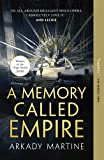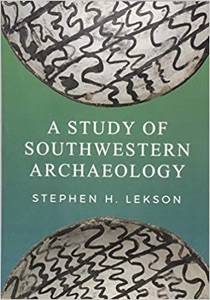by Arkady Martine
Winner of the 2020 Hugo and Nebula Awards, and perhaps the best space opera, ever. Mahit Dzmare is the new ambassador from Lsel (an independent mining station) to the Empire of Teixcalaan. She has dedicated herself to studying the Imperial language, its poetry, its manners and rituals, but of course she arrives as a Barbarian, and things that come naturally to her liaison (asekreta Three Seagrass, patrician second class) are alien to Mahit. Three Seagrass herself (“Reed” to her friends) is superbly, unforgettably drawn, and in fact most of the minor characters are superb.
At one point, the two diplomats try to escape inside a restaurant. Mahit, who grew up in a space station even if she has on several occasions visited the surfaces of (uninhabited) planets, is fascinated and appalled when Three Seagrass orders a steak that looks like it was recently part of an actual animal. Caught staring, she asks her minder, who answers “Of course! This is a nice restaurant, Mahit! Do you want some?”
Superb.

